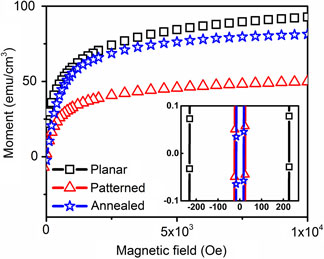Crossref Citations
This article has been cited by the following publications. This list is generated based on data provided by Crossref.
Tong, Sheng-Kai
Chi, Po-Wei
Kung, Shu-Hsiang
and
Wei, Da-Hua
2018.
Tuning bandgap and surface wettability of NiFe2O4 driven by phase transition.
Scientific Reports,
Vol. 8,
Issue. 1,



